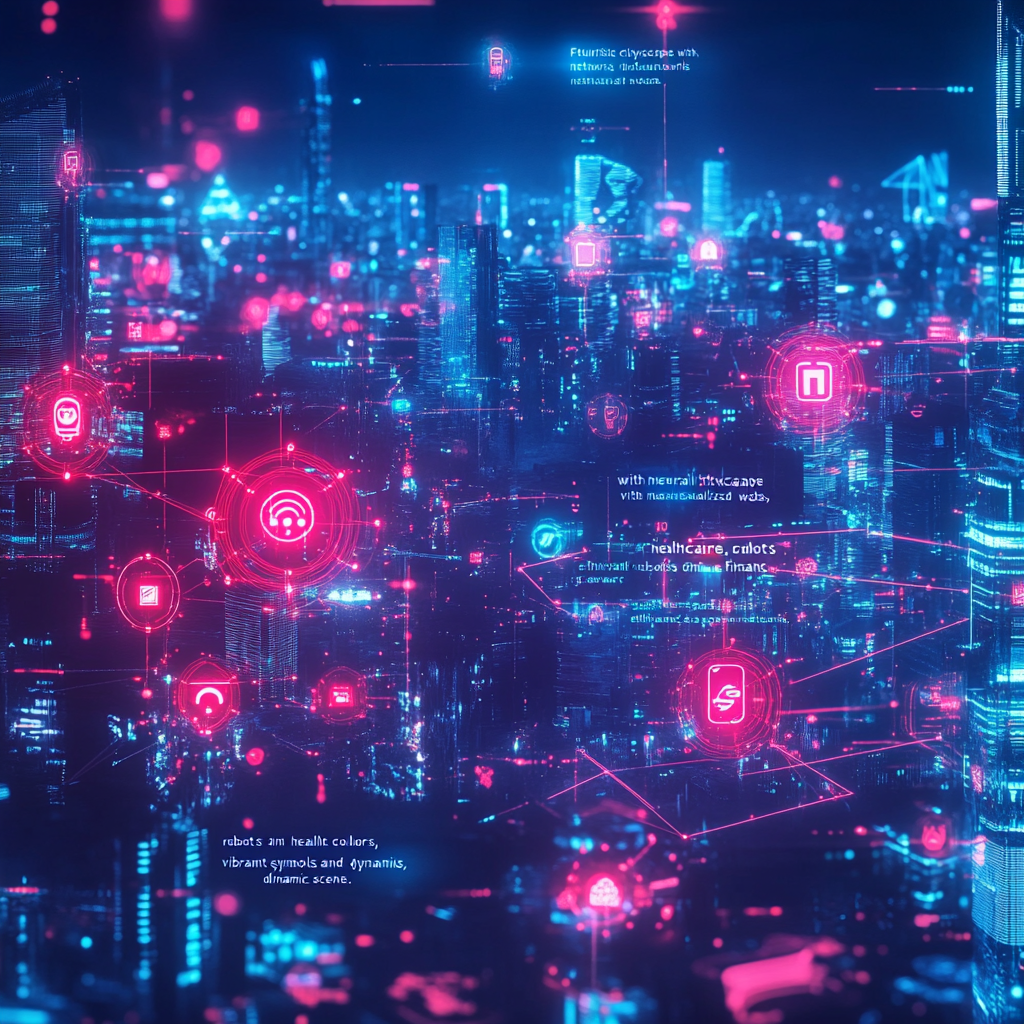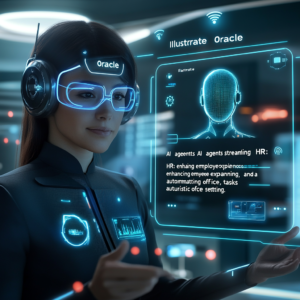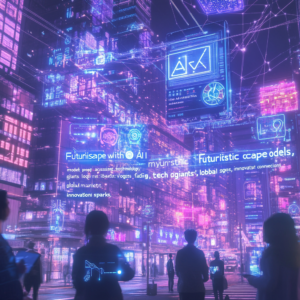
Cosmic Homecoming: Vibrant Spacesuit Patch Symbolizes Astronaut’s Return
Unraveling the World of Neural Networks and Automation
If you're curious about the incredible realm of neural networks and automation, buckle up because this ride is going to take you through the fundamental concepts and marvels of cutting-edge tech that’s reshaping our world today.
First things first, what exactly are neural networks? They're not just fancy terms tossed around in tech circles. Imagine them as virtual brain cells that mimic the way humans learn. All those neural pathways firing off in your noggin? Yep, that’s the inspiration behind neural networks. They are a series of algorithms that attempt to recognize underlying relationships in a set of data through a process that’s modeled after human neurobiology. Sounds like science fiction? Welcome to the 21st century, my friend.
The beauty of neural networks lies in their adaptability. They don’t just regurgitate data; they learn, adapt, and sometimes even surprise us with their conclusions. In the world of automation, this means tasks that were once the exclusive domain of humans are now being performed at breathtaking speeds and efficiencies. From self-driving cars to recommendation systems on Netflix, the possibilities are frightfully vast. Not to mention the ever-present fear that one day, they might just take over the world… but let’s not jump to conclusions just yet.
So, let’s roll up our sleeves and dive deeper, shall we? Take supervised learning, for instance. This is where neural networks train themselves on labeled data—think of it as teaching a dog to fetch a stick. You throw the stick (data), and the dog (the neural network) learns to retrieve it (make predictions based on new input). If the dog comes back without the stick, you give it a treat (feedback) when it gets it right. It’s that simple—and yet profoundly complicated when you consider the amount of data we generate every second.
Now, let's talk about the unsupervised learning side of things—this is where neural networks truly flex their creative muscles. No labels, no prompts, just raw data. It’s like letting a child explore a huge playground without telling them what to do. They discover patterns, correlations, even hidden hierarchies. Think of it as an avant-garde artist painting strokes on a canvas. They might not know what they're creating initially, but in the end, a masterpiece can emerge where you least expect it. Beautiful chaos, really.
One cannot bring neural networks into conversation without discussing deep learning—the superhero of the machine learning universe. It’s the cat’s pajamas. Deep learning uses a structure known as artificial neural networks with many layers, hence its name. Each layer learns a different feature of the data. Want your computer to recognize photographs of cats and dogs? Throw in some deep learning magical charm, and voilà! You have yourself a four-legged classification expert.
But let’s not gloss over the safety net thrown by automation. It’s there to catch us as we tumble into the deep end of this tech pool. Automation saves time, reduces human error, and enhances productivity. Just look at factory robots assembling cars—they don’t take lunch breaks, they don’t complain, and they don’t have off days. They hammer away at tasks, making processes faster and efficiency spikes higher than an enthusiastic child on a trampoline. Now, wouldn’t you like to have one of those in your own life?
Despite the apparent perks, it’s essential to remember that technology is a double-edged sword. The rise of automation may increase efficiency, but it also raises the specter of job displacement. The workforce needs to adapt, learn new skills, and evolve. The idea that robots might replace human jobs sends chills down many spines, and rightfully so. Machines are here, but they should complement—not dominate—human effort. Striking that balance is the name of the game going forward.
For the skeptics, there’s a comforting notion: while neural networks and automation may surpass human capacity in some tasks, the essence of creativity, empathy, and intuition remains unmatchable—at least for now. It’s those uniquely human traits that make us who we are and can’t be replicated by lines of code or intricate algorithms. The thought of a robot composing a heartfelt sonnet or understanding your bad day over coffee is a concept still in the realm of imagination, or perhaps the next sci-fi blockbuster.
Let’s shift gears and venture into the world of applications that use these lovely, complex systems. From healthcare diagnostics to finance predictions, the reach of neural networks is staggering. In healthcare, for example, neural networks analyze countless scans, sometimes diagnosing diseases even the most experienced radiologists might overlook. We're talking about algorithms spotting anomalies with a precision that leaves jaws on the floor. It’s like having a hawk-eye companion tirelessly scanning every detail.
In the realm of finance, machine learning predicts market trends and investment risks with newfound accuracy. Imagine being able to forecast the direction of stocks better than a weather channel predicting rainfall. That's where these systems shine—digging through mountains of data faster than you can say “market volatility.”
Yet, while we revel in the accolades of these technologies, let's not overlook the ethical questions lurking in the shadows, waiting to spring into the spotlight. Transparency, accountability, and bias mitigation are more than buzzwords—they're essentials in the toolkit of any responsible developer. After all, if a neural network is only as good as the data it’s trained on, we’d better ensure that data is free from prejudice. Otherwise, we’re just programming our biases into the future—a worrying thought, isn't it?
In conclusion, neural networks and automation are like a wild frontier—exciting yet unpredictable. As they advance and permeate different sectors of our lives, we must be vigilant and adaptable, welcoming change while also safeguarding human values. The future can't be shaped by algorithms alone; it should marry technology’s power with our innate human essence.
So, if you find yourself spellbound by this world of ones and zeros, remember that curiosity is your greatest ally. For those who want to navigate through the complexities of neural networks and automation and stay updated with the latest trends and insights, here's a gentle nudge:
Want to stay up to date with the latest news on neural networks and automation? Subscribe to our Telegram channel: @channel_neirotoken. Dive in, join the conversation, and be part of shaping the future!

